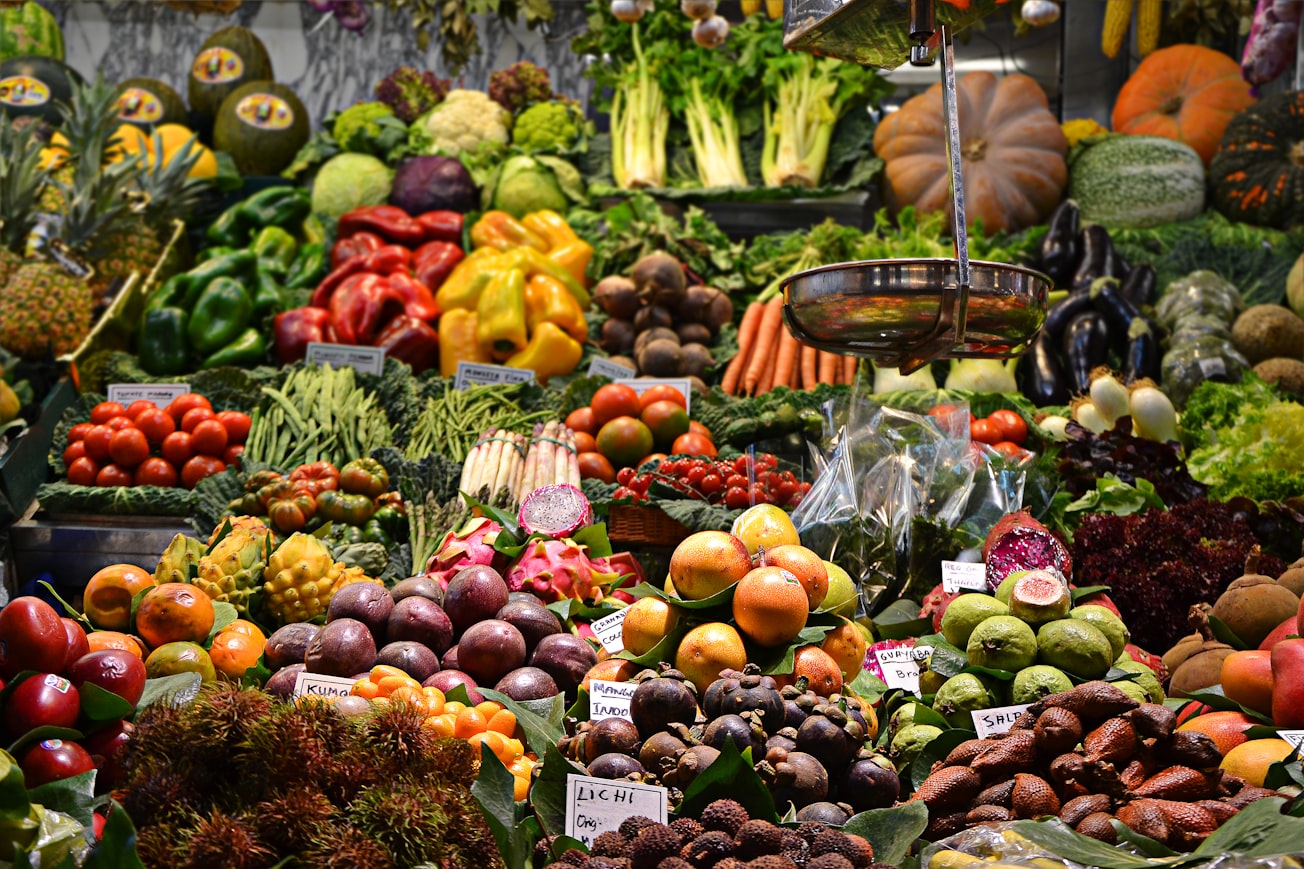What is it about?
Applying insights from areas such as gastronomy and neurology, the paper looks in depth at the flavour of food and how food preferences are shaped. We document the important role that sensory perception plays in 'liking' foods and how the current food system has transformed food and our sensory experience of it.
Featured Image

Photo by ja ma on Unsplash
Why is it important?
Alternative food networks such as community gardens and farmers markets do not necessarily appeal to all people. Various authors have noted that for many people, the taste of highly processed or 'fast' food is more appealing and that these taste preferences are not 'wrong', they are just taste preferences. Employing an approach that considers how such foods come to taste good in the first place, we argue that taste preferences are malleable and have shifted alongside shifts in the ways foods are produced. Noting the importance of sensory experience to the liking of foods, we offer methods that may help make sense of, and contribute to, developing sensory methods to support alternative food adoption.
Perspectives
The paper draws on direct experience of working with cancer survivors who have lost the 'joy' of food and from whom we have learned a great deal about what it is that makes food enjoyable. We developed a 'food play' approach through which to explore sensory experience, re-engage participants with the joy of sharing food and to share experiences of cancer and its effects. Through this work, we came to appreciate that the food play approach could be of value well beyond the experience of illness.
Duika Burges Watson
Newcastle University
Read the Original
This page is a summary of: Visceral geographic insight through a ‘source to senses’ approach to food flavour, Progress in Human Geography, December 2019, SAGE Publications,
DOI: 10.1177/0309132519890913.
You can read the full text:
Resources
Contributors
The following have contributed to this page










